

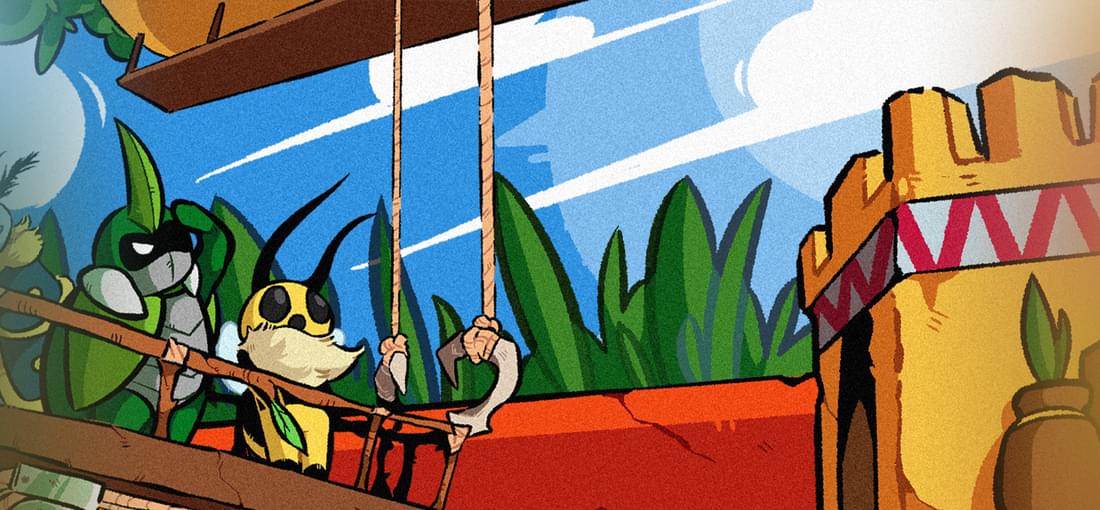
This game is most famous for being heavily inspired by the early Paper Mario titles for N64 and GGN. With that being the case, some might assume that it would just be a pale copy with only dancing bear appeal... But fortunately it not only lives up to inspiration, but actually surpasses it. Its orginal setting, characters, and plot are all exquisitely well written. Not being tied to an existing franchise didn't hurt it in the slightest as they used their full creative freedom to its full potential. The biggest difference from its inspiration is that the partner-swapping system was replaced with a more conventional fixed JRPG party with 3 characters. In exchange the party members get much more character development throughout the game and get much broader movesets as well. Even with just 3 characters, the badge system (called "Medals" here) allows lots of flexibility to try out different builds and different strategies, so it works very well in practice. It's superior to paper mario in terms of worldbuilding, story, characterization, and also gameplay. The only place where Thousand Year Door is arguably still better is in terms of graphics, as this game is slightly less detailed art style than the Gamecube game. One thing to note is that this game is very heavy on sidequests, and they are important. A surprising proportion of the game's content is locked behind sidequests, and even ones that look like unimportant fetch quests can hide big surprises. I wouldn't recommend skipping them to blaze through the main story, unless you're specifically doing so as a challenge (since the game will be harder without the boons that sidequests unlock). One last thing, I have to recommend playing on Hard mode. The game is well-balanced that way and still shouldn't be *excessively* difficult unless you're very bad at this type of game. To enable hard mode, you'll need to equip the hard mode Medal, which is available from the pink mantis in the very first room in the game.
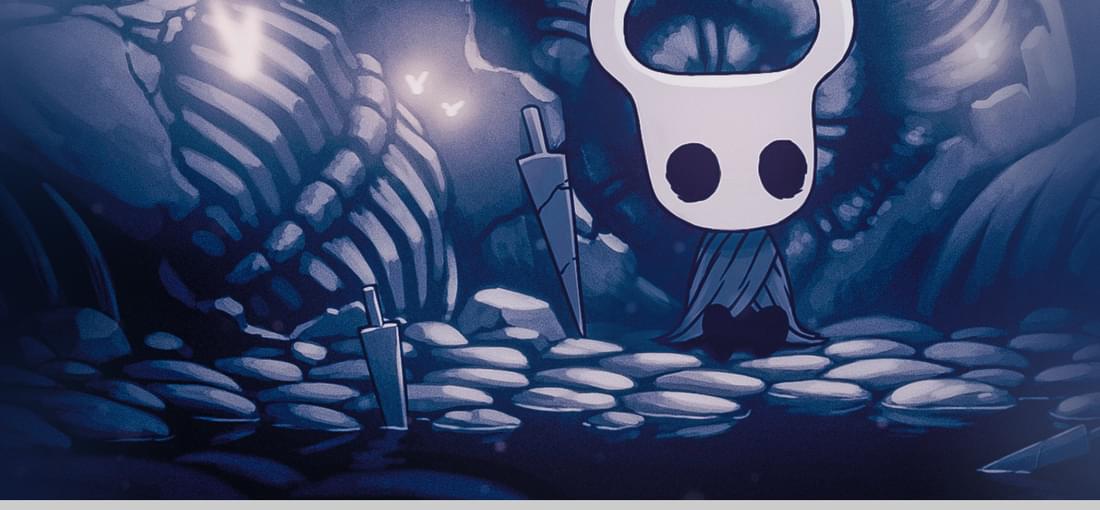
I don't know what to say that hasn't already been said. This game is popular for a reason. It single-handedly rejuvenated Metroidvanias as a genre, and if you have even the slightest bit of interest in that type of game then you would be quite remiss to skip this one.
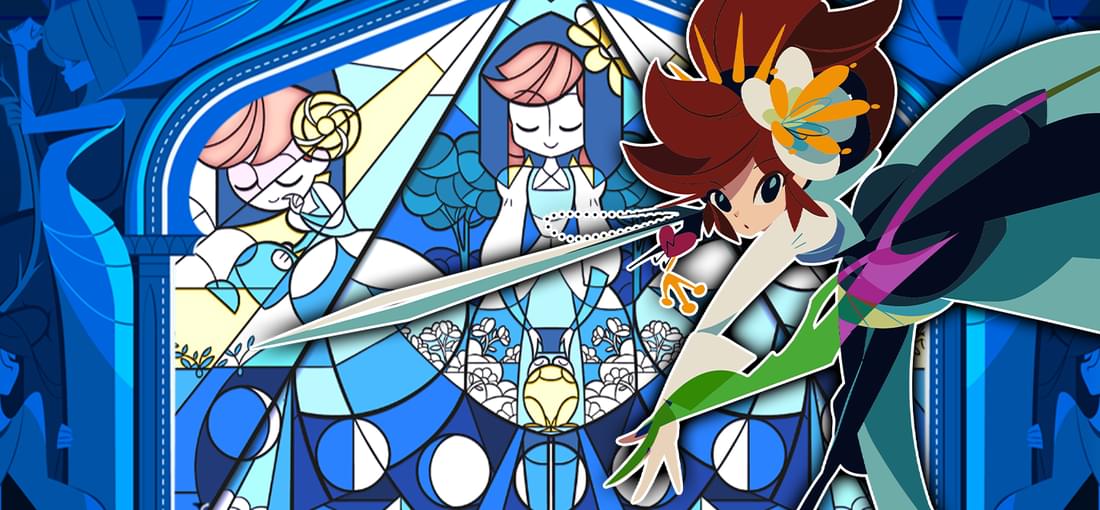
A recurring theme of negative reviews of this game is that the player didn't actually finish the game before reviewing. Well, I'm sorry to say that this is another such review. But I did get 8 hours into the game before the last of my patience with it evaporated, so I think I've seen enough to have a fair opinion? First off, there are serious pacing issues, as many other reviews have noted. The game is an absolute slog. Literally everything about this game is just too slow. Outside of battle, the movement is too slow (a run button would've worked wonders). The loading is not optimized, so there are loading screens at the beginning and end of every battle (given that this game uses traditional random encounters, this problem shows up often enough to get annoying) The battles themselves can be slow as well, especially bosses, where victory often involves outlasting the enemy with cheap heal spells and winning through attrition. Secondly, THIS happened. About 5 hours in SPOILER ALERT . . . . a major plot point had me overthrew the crooked leader of a city. Afterward, it was set up as some sort of meaningful choice to decide which of the local NPCs should be the new leader... and then the game just picked for me. That was really jarring, and I initially assumed the choice was just cut content that the devs excised very poorly when they didn't finish it. But then I looked up a walkthrough and it sounded like I actually was supposed to get a choice? Two choices by default, and a third better one if you do all the sidequests. But I got no choice, it just picked for me. So I guess my game just bugged out. Either way, that was a very off-putting experience that left a bad taste in my mouth. And that really didn't seem to be the only time the game failed at properly implementing one of its more interesting ideas, it was just the most jarring instance. So after three more hours failed to impress me enough to salvage my opinion of the game, I just called it quits.
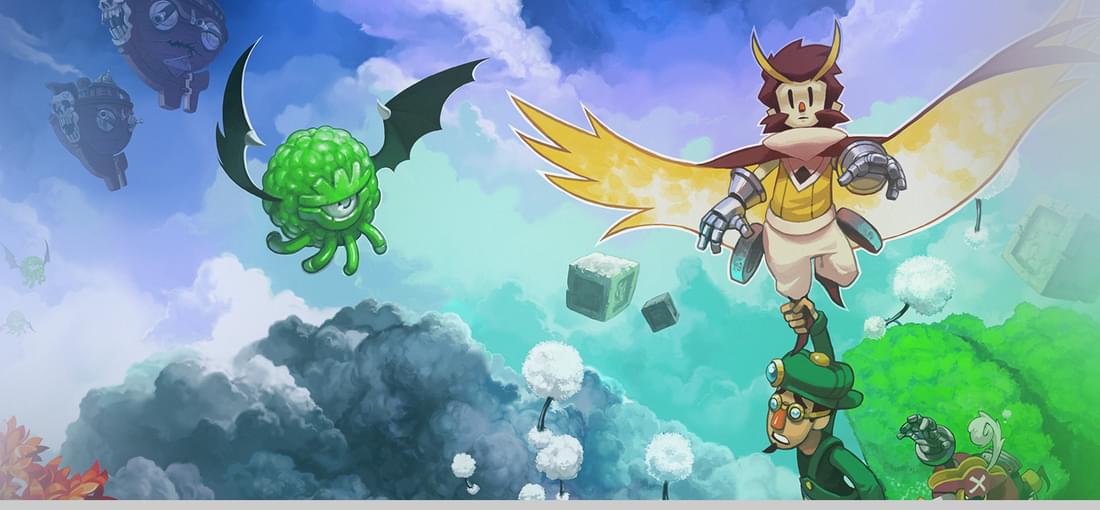
If I could give 3.5 stars I would, but the system doesn't allow that, so I'll be generous and round up to 4. The pixel art is beautiful, the soundtrack is excellent, and the characters have heart. The game has a lot going for it, but it has quite its share of flaws as well. For one, the game crashes occasionally. You usually don't lose much progress, but it's still a significant issue. Also the game doesn't seem to recognize recent models of controller, and unlike some other old games with that issue I was not able to find any fix or workaround for this (It's not as simple as just dropping in a newer version of "gamecontrollerdb.txt" like a lot of SDL games) Playing in 2025, you will likely have to just use keyboard and mouse. The controls are a bit awkward. At first I actually enjoyed this, as it felt like a creative way to manifest Otus' initial characterization as being kind of clumsy into the gameplay. It felt like real gameplay and story integration, and the difficulty it created helped to cement Otus as an underdog to root for. However, it lost its charm by the end. The mechanic of having to carry people around to fight for you, only got MORE awkward as the game went on and additional partners were recruited, and by the end it was just plain unpleasant to juggle. As for the plot, it started strong, but suffered from pacing issues throughout and ended up feeling like there could have been more than there was. At the end I was left feeling like this game had a lot of unfulfilled potential. Maybe some of that is intentional, as ----- SPOILER ALERT ------ The game is written somewhat as a shaggy dog story, in the sense that the outcome would have been essentially the same if the protagonist hadn't gotten involved. But it's still unsatisfying anyway --- END SPOILER The good still outweighs the bad, but I won't gush about this being the greatest thing ever.
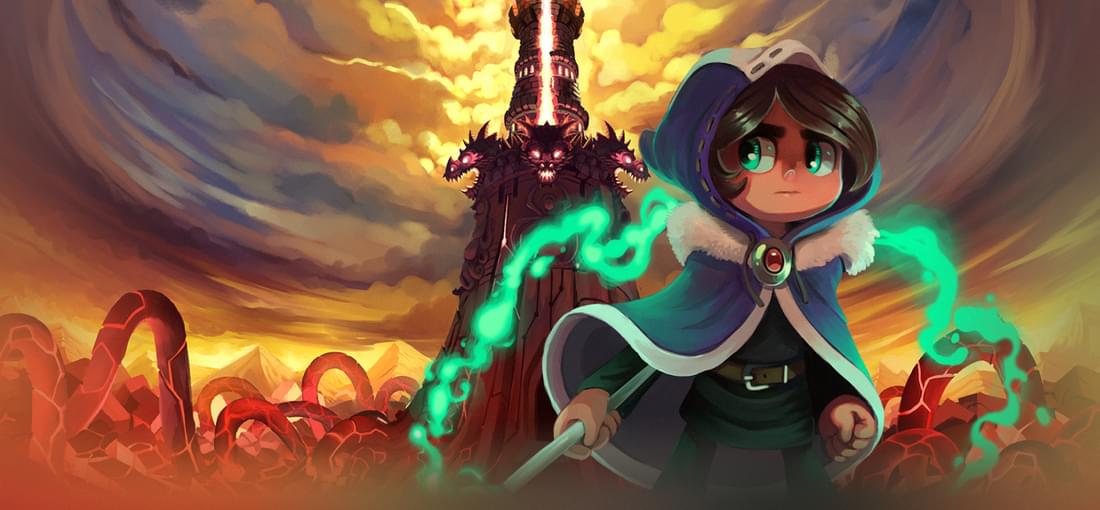
Alwa's Awakening was an "8-bit style" game (eventually an actual 8-bit game with the NES port). So it's appropriate enough that it would get a "16-bit style" sequel. And for better or worse, it really does feel like a SNES game. I do think it does a good job expanding on the game mechanics of the original. The 3 spells are now upgradable, and she collects new powers like an air dash and "slow down time" power. A lot of the returning enemies have new abilities as well. It does a good job keeping the flavor of the original without feeling too much like a mere rehash. The game is a good length. It's not too short but it does not overstay its welcome either. It might have taken longer if I'd tried to go for 100% collectables, which would have required a lot more backtracking, but it's not necessary to do that (AFAICT there's only one ending). I gave it 4 stars instead of 5 because it's actually so authentic that it retains a lot of the design flaws of actual 90's games. If you don't have a tolerance for that then you probably won't like this either. But if you do enjoy playing actual SNES or Genesis games then this could stand among the better ones. One last note: This is not Hollow Knight, so don't come in expecting it to have deep lore. It initially seems like it might actually have a much deeper plot than its predecessor, but then it mostly fails to deliver on that. So don't come in with high expectations story-wise.
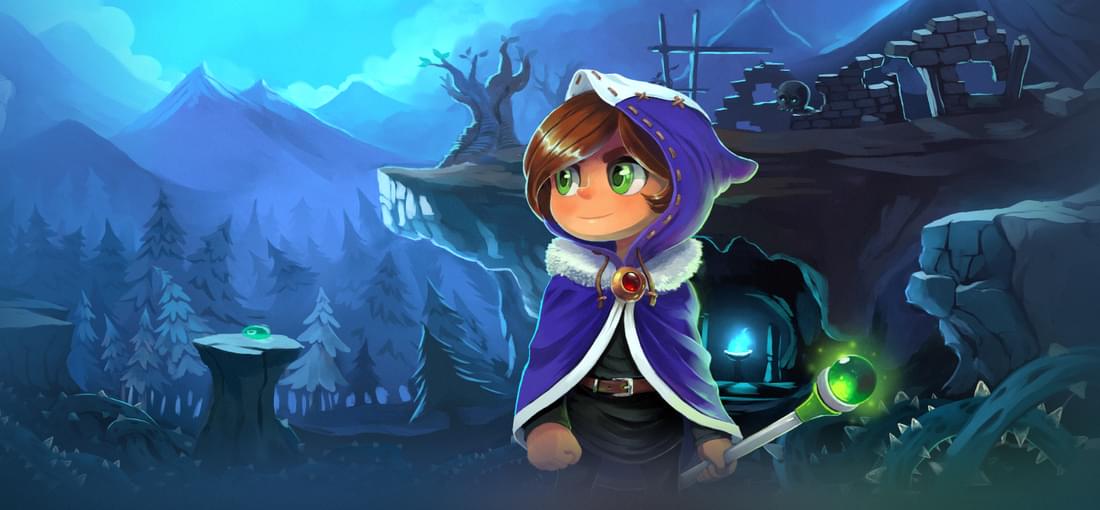
It's really crazy that the NES demake is actually the definitive edition of the game. But it is, the devs have even gone on record saying that this version is preferred to the modern version. Because it was designed with NES-like limitations to begin with, remarkably little was lost in the transition. They had to redesign the screens to be narrower to fit the NES' aspect ratio, but this isn't even seen as a downside since the old widescreen rooms were seen as too sparse and slowed down the pacing of the game. So the few changes they had to make were seen as an improvement, actually. I skipped the PC version entirely, so I can't compare them myself, but I had a lot of fun with this game. When played without assist mode, it authentically feels EXACTLY like a late NES game from 1991, its design sensibilities are legitimately that old-school. Unfortunately that's not ALWAYS a good thing. Like a lot of games of that era, it clumsily mixes instant-death traps with a healh bar system. Just like the Mega Man instakill spikes of old, it's really frustrating to have all trouble you went to to preserve your heatlh bar be nullifed with one bad jump. If you swallow your pride and activate assist mode you can set it to respawn on the same screen when you die, which makes it less frustrating to drown in the water, but also nullifies the challenge of managing your health bar since you can refill it by dying with no penalty. A more reasonable compromise would have been that if you hit an insant-death trap with more than 1 health, you respawn at the start of the room with 1 less health. That would have made the deathtraps much more reasonable to deal with, without removing the tension from all combat. And it has precedent in retro games since that's how the old Zelda games handled Link falling into a pit, so authenticity is no excuse to not do it that way. This little game design hiccup is the only reason I didn't give it five stars. Otherwise it's really very good.